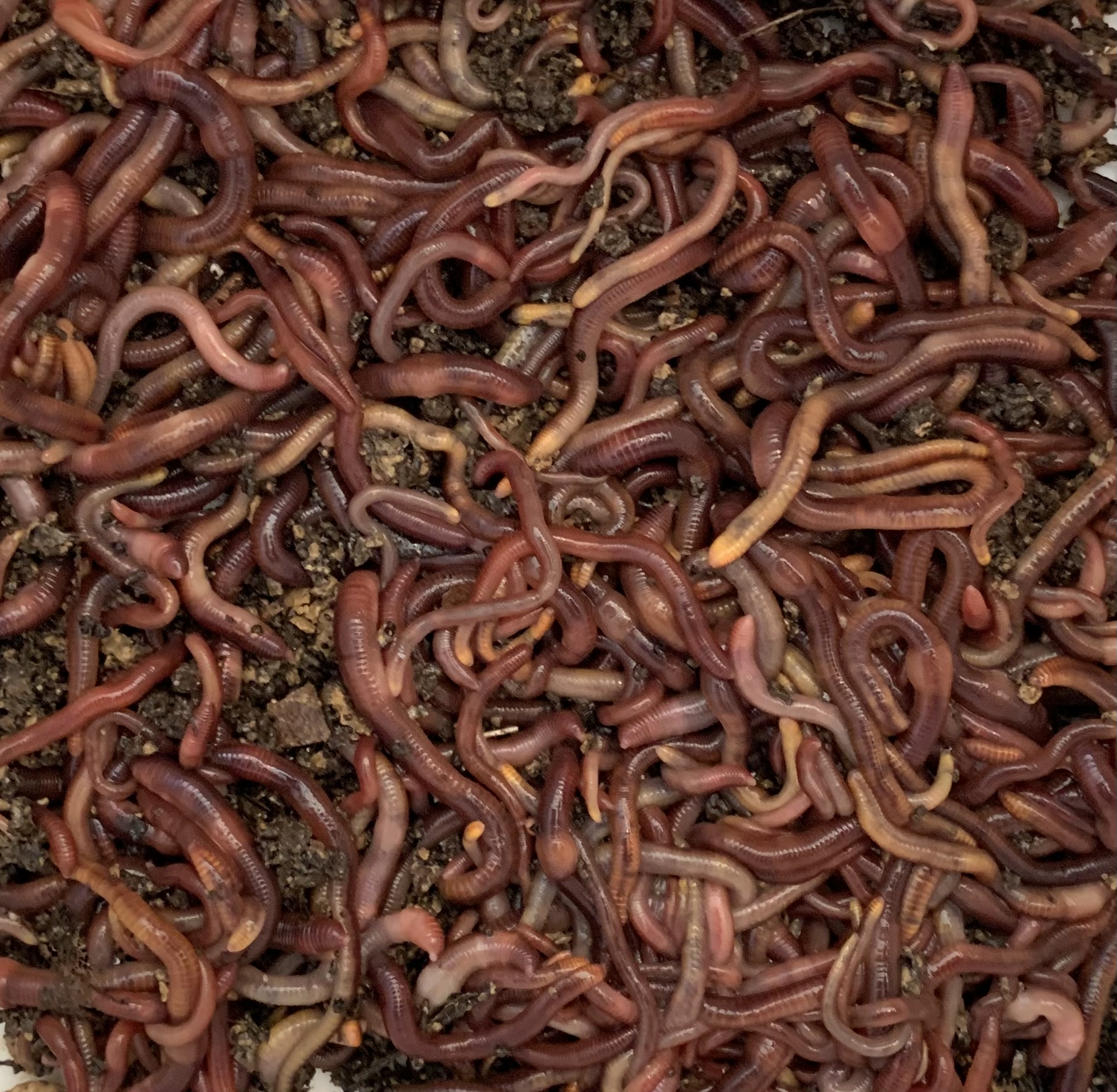Some Of Red Wiggler Express
Table of ContentsThe Of Red Wiggler ExpressRed Wiggler Express Can Be Fun For EveryoneRed Wiggler Express Things To Know Before You BuyNot known Factual Statements About Red Wiggler Express
Vermicomposting most definitely isn't a new method. We have actually been doing it below at Uncle Jim's for years. With the worldwide push for sustainability and with environmentally friendly practices growing in popularity, individuals are finally coming about and acknowledging the environmental benefits of red wiggler worms and composting. In this article, we'll discuss just how vermicomposting sustains sustainable gardening and the environmental benefits of red wigglers and various other earthworms.
This is the short of it. If you wish to review comprehensive regarding red wiggles, we have a whole write-up dedicated to them right here. Currently, allow's get involved in the fundamentals of exactly how these worms sustain sustainable horticulture practices and profit the environment: Worm composting resembles a medspa day for your dirt.
When integrated right into your garden soil, these spreadings improve its framework, oygenation, and water retention. This helps with plant development and health and does not need the usage of any chemicals. Did you understand that natural waste makes up a significant part of land fill material?
By diverting your kitchen area scraps and lawn waste into a worm composting container, you're efficiently minimizing the amount of organic waste that finishes up in land fills. It's a win-win situation for your garden and the earth. Forget chemical fertilizers worm castings are the genuine offer. They're chock-full of essential nutrients like nitrogen, phosphorus, and potassium.
Red Wiggler Express - Truths

Maintain the bin in an awesome, unethical spot to avoid overheating. Mix the nutrient-rich worm spreadings right into your garden soil or use them as a top dressing for potted plants. You'll observe much healthier, happier plants in a snap! It actually is as straightforward as that. In a globe where sustainability is coming to be progressively vital, red wigglers beam as unsung heroes of horticulture.
Composting might look like old news, yet doing it with a container filled with worms probably doesn't. Red wiggler worms provide great benefits to the natural gardener, creating both an all-natural fertilizer and a reliable pesticide. And they eat your kitchen area scraps. The value of red wigglers, a.k (Red Wigglers For Bait).a. Eisenia fetida, lies in their waste matter, called worm castings.
Worm spreadings might be bought at shops such as SBS in Vineyard Place or Vineyard Gardens in West Tisbury, but to raise the worms in a garden compost bed and harvest your own castings is a lot more fun. The work of these worms is an element of lasting living. Red wigglers are aboriginal to steed manure, where they delve to lay eggs.
Red Wiggler Express Things To Know Before You Get This
(https://www.aquarius-dir.com/Red-Wiggler-Express_456954.html)They can not make a great deal of it." He covers the container with straw, then a piece of old rug. "They like the warmth," he states. Lynn explains the production of spreadings and two usages: as a plant food and as a pesticide. "They absorb rotting matter. It passes via them and adds calcium to make this rich earth," she says.
"We call it gold tea," says Lynn. "I did it to see if it would make a difference on white flies and aphids. My rosemary had a mold and mildew or fungi. After I sprayed, promptly it looked better." The red wiggler is a prodigious dog breeder, laying eggs as often as when a week.
It takes 3 to five months for an infant worm to get to sexual maturity and the grown-up length of 3 inches. Their life expectancy is four to 5 years unless naturally they are used for bait. As freshwater fish bait, wigglers agonize on the hook and endure undersea longer than traditional earthworms.

As one of the Epigeic class of compost worms, the generally does not appear in dirts. Rather, it grows within the dirts of ground covers, manure, and disintegrating vegetation. The worm is red or reddish-brown in shade and has a smooth, cylindrical form. The clitellum, or saddle-like reproductive gland, is located regarding two-thirds of the way down the worm's body.
A red wiggler worm can mature to 4 inches in length however is usually only concerning two and a half inches. The worm has a tiny mouth situated at the front of its head. It additionally has tiny bristles, called setae, which aid the worm relocation and support itself to surface areas.
